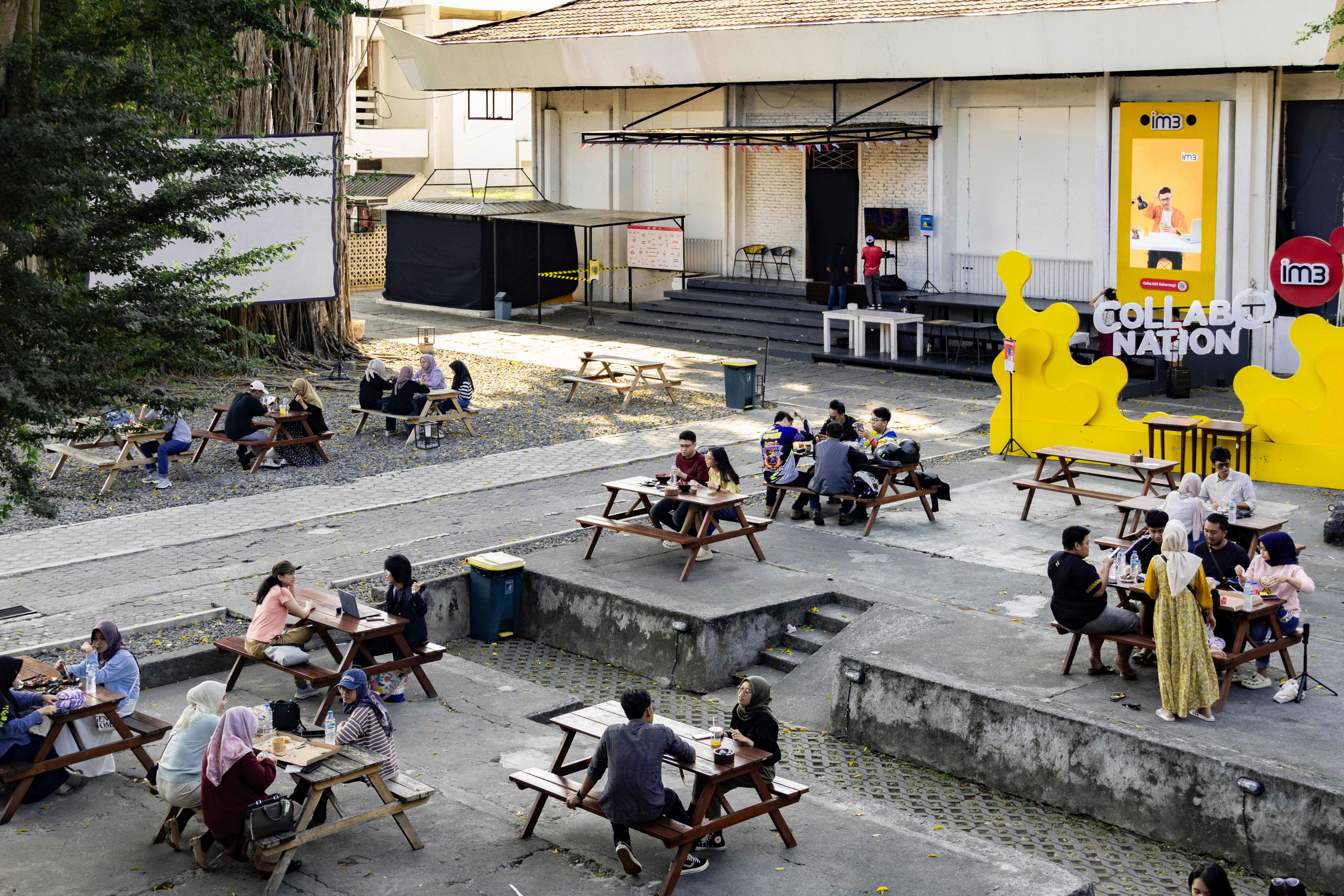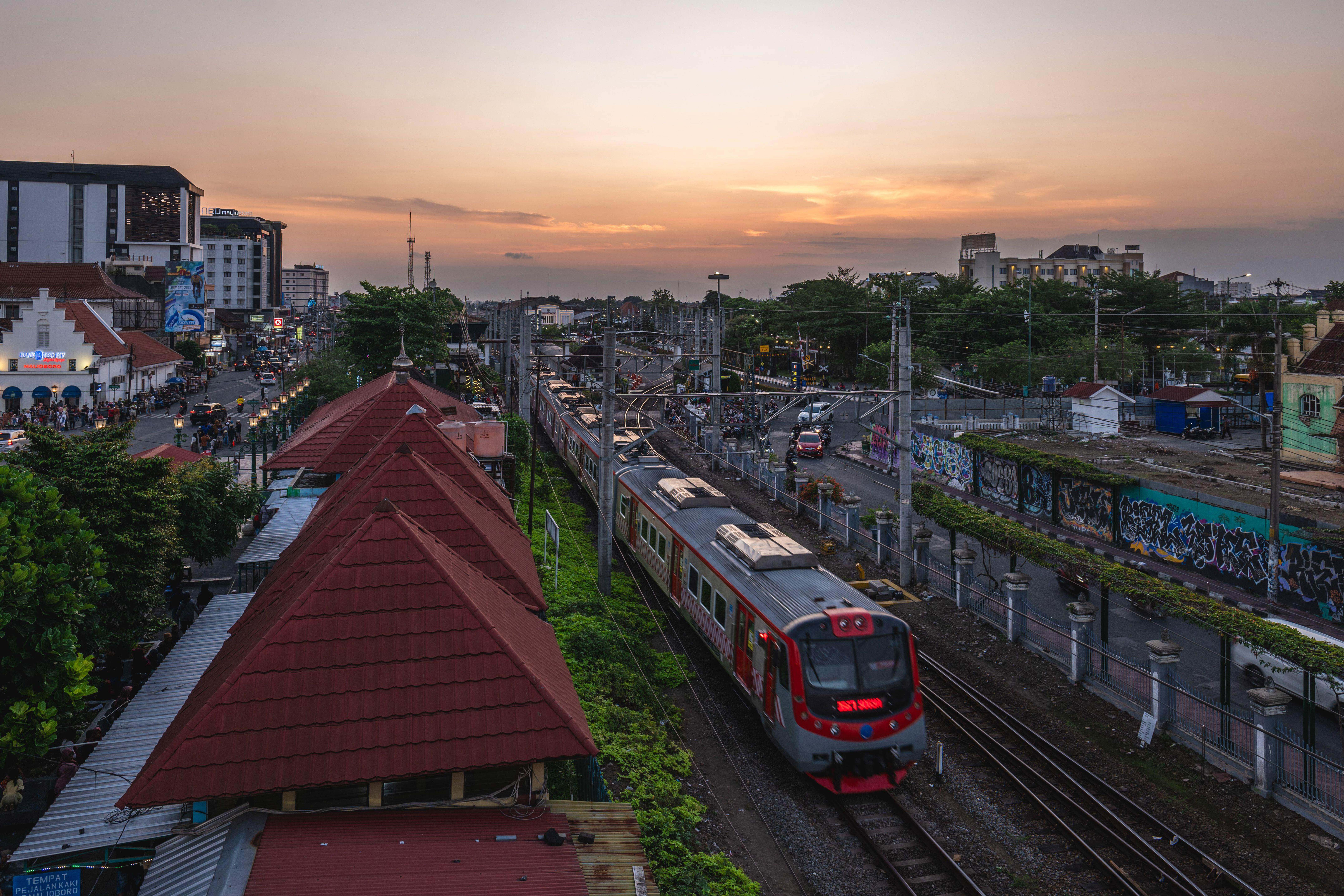Transit-Oriented Development (TOD) represents a deep rethinking of how cities should evolve. By integrating public transportation with dense, walkable and mixed-use communities, TOD reduces our reliance on cars and fosters more sustainable metropolitan landscapes.
In Yogyakarta, this approach encounters unique challenges. The city has a lower population density than Jakarta but consistently attracts a steady flow of visitors. To alleviate the strain on its ageing, overcrowded airport, the Indonesian government opened the new Yogyakarta International Airport (YIA) in 2020. The airport’s location around 40 kilometres from the city centre was chosen to balance the availability of land with the goal of minimising environmental and social impacts on the urban area.
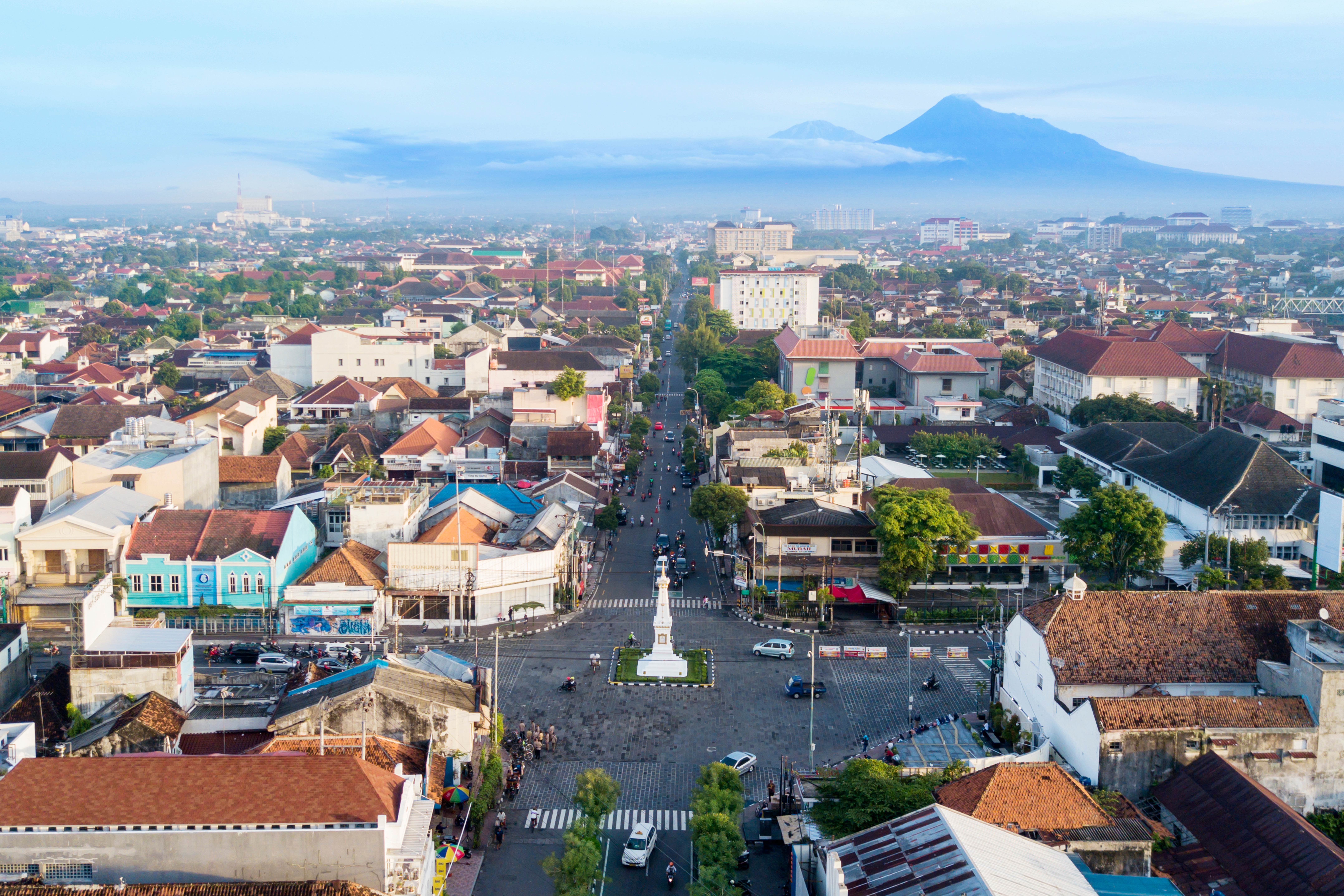
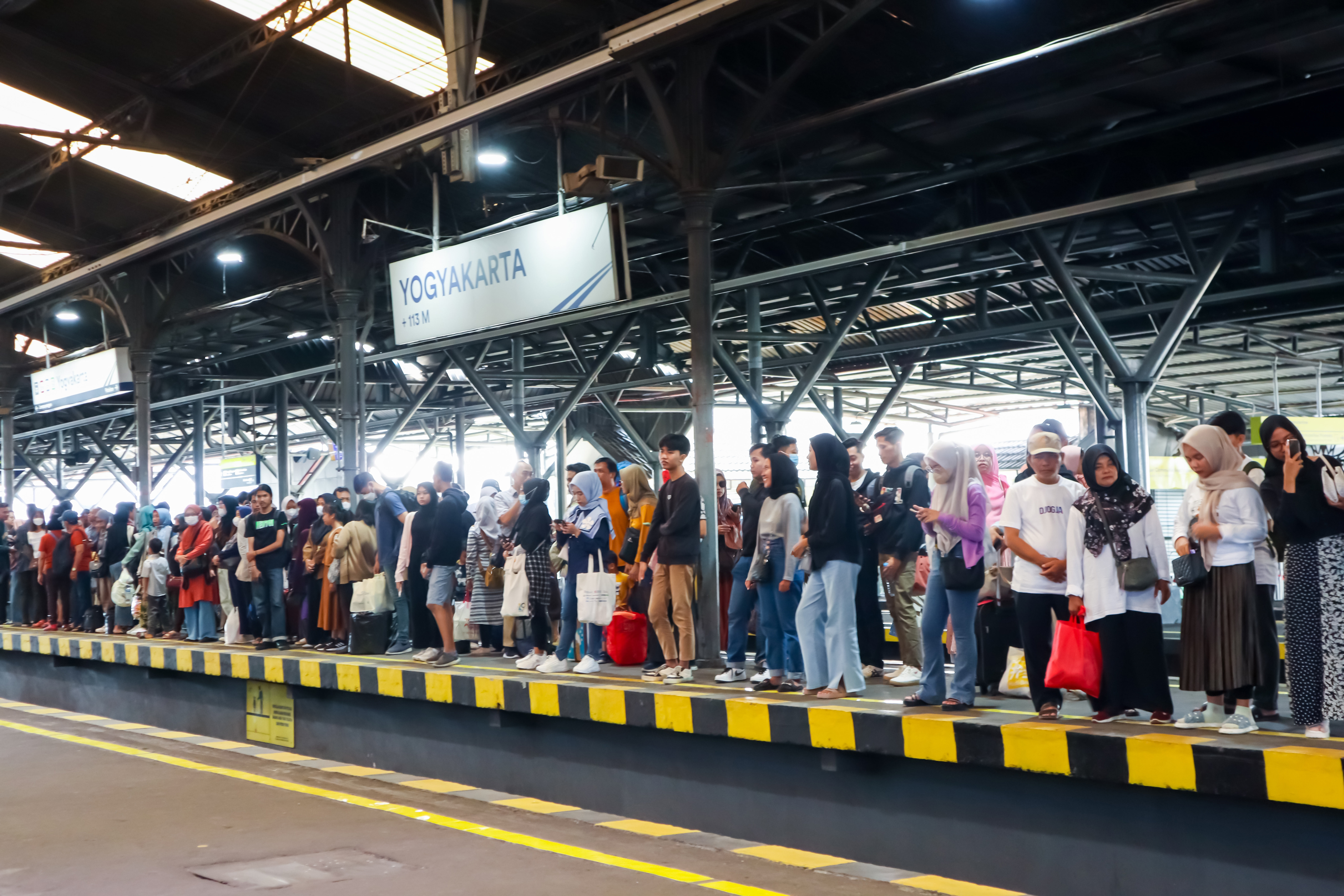
Similar cases offer valuable lessons: Incheon International Airport faced initial scepticism due to its remote location on an island 48 kilometres from Seoul. However, the development of the Airport Railroad Express and the adjacent Songdo International Business District — a smart city designed to attract global businesses — eased accessibility concerns and transformed the airport into a key global gateway.
A key insight here is the importance of robust transportation infrastructure connecting the airport to surrounding urban centres. For YIA, this means not only improving the existing rail link with more frequent service and better quality but also expanding the network. Incheon’s focus on creating a sustainable, high-quality living environment around the airport is another critical lesson. Any growth around YIA must prioritise sustainability, ensuring that expansion does not come at the expense of the region’s cultural and environmental heritage. This approach could also integrate nearby towns from YIA like Sedayu and Sentolo — known for their pottery, batik, traditional Javanese houses and farming communities — preserving their cultural identities while bringing economic benefits.
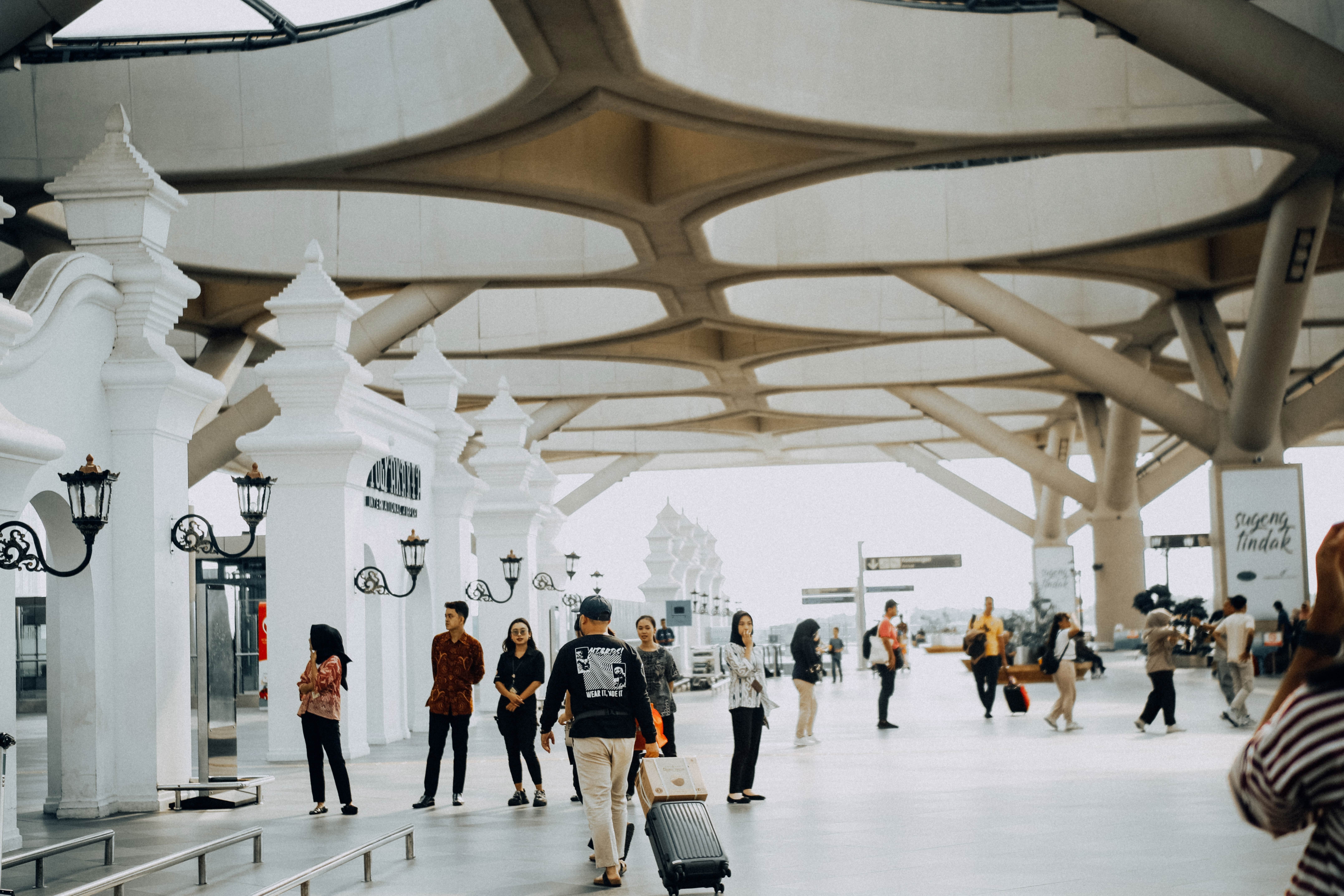
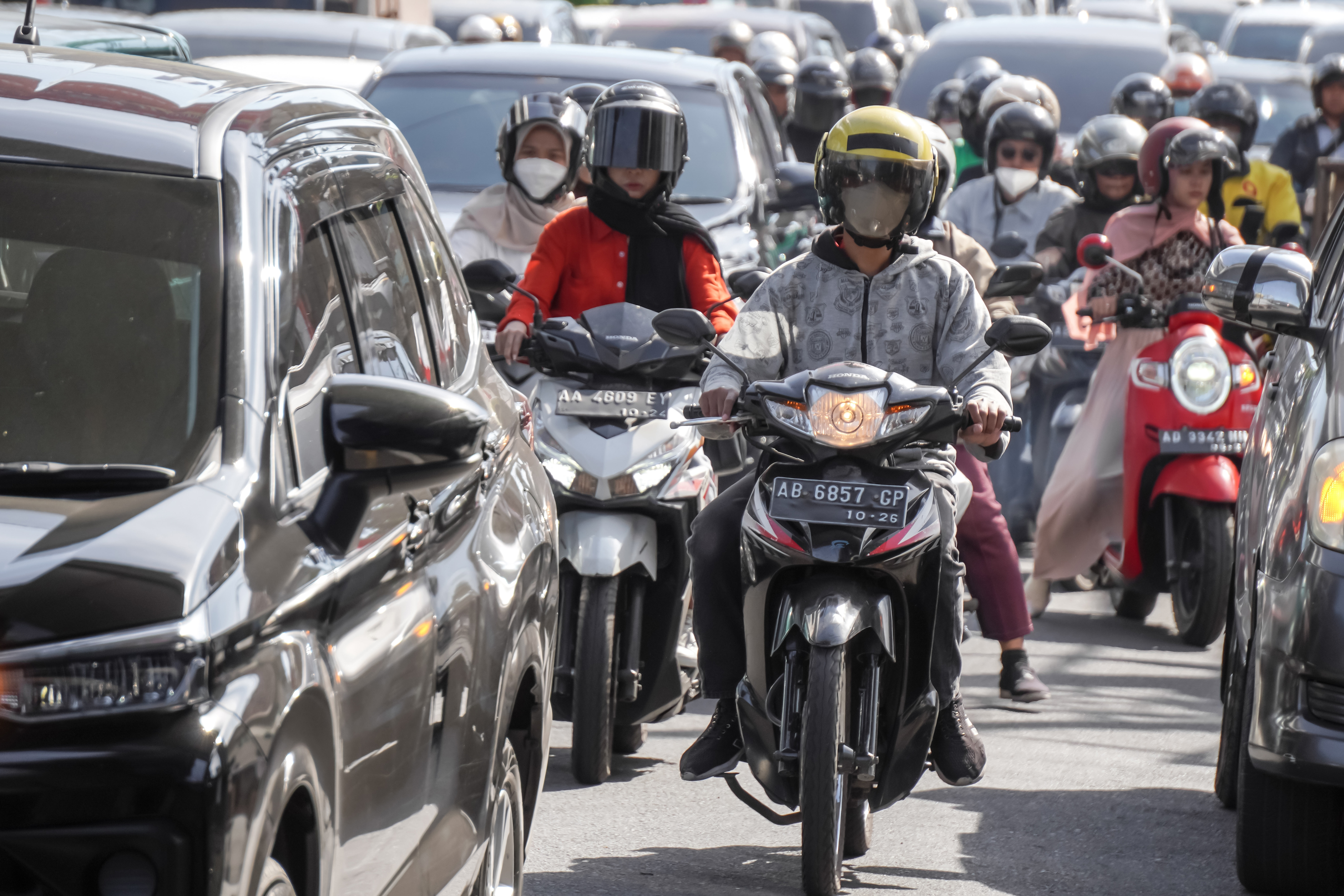
Finally, Yogyakarta’s status as a major cultural and tourist destination should be central to any development strategy around YIA. Positioning the airport as part of a broader cultural and economic hub could enhance the area’s appeal to travellers and businesses alike. And marketing Yogyakarta as a gateway to Indonesia’s rich cultural heritage, based on the convenience offered by YIA, could see a significant boost in tourism and related industries, providing real long-term benefits.
